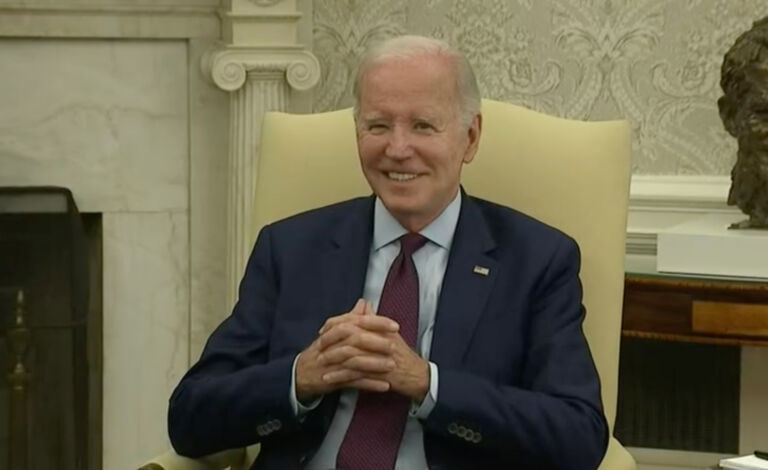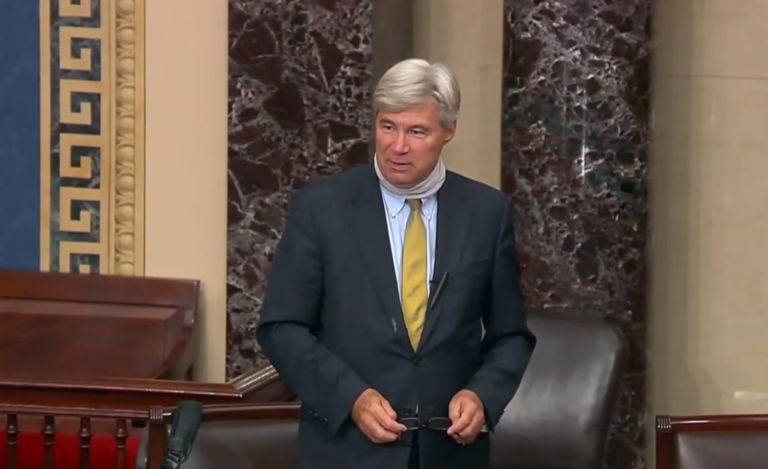That’s the title of an interesting Wall Street Jounal article by Scott Atlas. Mr. Atlas begins by noting that:
Republicans have now failed twice to repeal and replace ObamaCare. But their whole focus has been wrong. The debate centered, like ObamaCare, on the number of people with health insurance. A more direct path to broadening access would be to reduce the cost of care. This means creating market conditions long proven to bring down prices while improving quality—empowering consumers to seek value, increasing the supply of care, and stimulating competition.
He then goes on to suggest three specific ways Republicans could do that:
First, equip consumers to consider prices. Critics always claim this is unrealistic: Are you supposed to shop around from the back of the ambulance? But emergency care represents only 6% of health expenditures. For privately insured adults under 65, almost 60% of spending is on elective outpatient care. Likewise, nearly 60% of Medicaid money goes to outpatient care. For the top 1% of spenders—a group responsible for more than a quarter of all health expenditures—a full 45% is outpatient. Giving consumers an incentive to consider price when seeking such care would make a huge difference. …
Second, work strategically to increase the supply of medical services to stimulate competition. In large part, this means deregulation. Lawmakers should remove outmoded scope-of-practice limits on qualified nurse practitioners and physician assistants. That would enable them to staff private clinics that would provide cheaper primary care, including vaccinations, blood-pressure checks, and common prescriptions. In a 2011 review, 88% of visits to retail clinics involved simple care, which was provided 30% to 40% cheaper than at a physician’s office, while keeping patients highly satisfied. …
Third, introduce the right incentives into the tax code. Today employees aren’t taxed on the value of their health benefits—and there is no limit to that exclusion. This creates harmful, counterproductive incentives. It encourages higher demand for care and minimizes concerns about cost. …
There’s lots more detail about each of those approaches in the article, so read the whole thing. (H/T to John Cochrane.)


